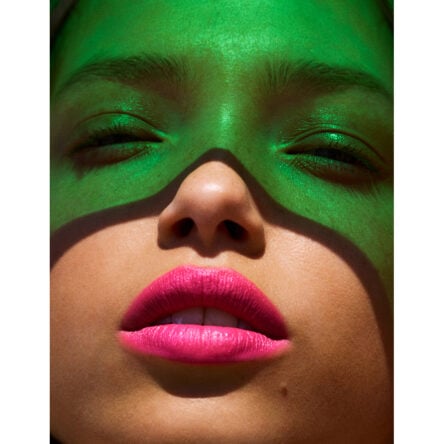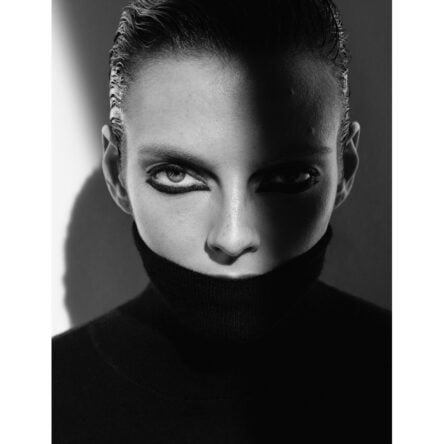
Getting to grips with your skincare regime is a key part of looking and feeling your best. As you know, I’m a firm believer of beauty from the inside out, and a huge part of having gorgeous glowing skin is what you eat, so you should always start with a healthy, balanced diet. (You can find lots of ideas in my book Eat Beautiful ) But what you put on your skin is also hugely important, and if you’re struggling with blemishes and break-outs, it can be hard to know where to start. But one thing to consider, is whether your choice of moisturiser is at the root of some of your issues. Moisturisers tend to fall into one of three categories, either humectant, occlusive, or a combination of both. Occlusive skincare products are those that effectively coat the skin to stop the loss of moisture, whereas humectant products draw water from lower levels of skin and the atmosphere to draw maximum moisture to the top layer of your complexion. But do occlusive or ‘comedogenic’ skincare products cause spots by stopping your skin from breathing?
THIS POST CONTAINS AFFILIATE LINKS

What is an occlusive skincare product?
“Occlusive products (in terms of skin care) are those that form an impermeable barrier on the skin surface to prevent moisture loss,” says Ian Taylor, Cosmetic Scientist at Green People. “Unfortunately, this interferes with the process of transpiration through the pores of the skin and may also prevent the natural process of perspiration, which is important to control body temperature and also as a means of eliminating toxins from the body. Examples of occlusive ingredients are petrolatum, mineral oils and silicones such as dimethicone – none of which we would consider using in our products.”

Do occlusive skincare products cause spots?
So, in short, occlusive or comedogenic skincare products form a barrier on top of the skin to prevent the loss of moisture. This is an effective way to keep moisture in, but it also stops our pores from perspiring and ridding itself of toxins, which can be a recipe for blemishes and break-outs. The most basic occlusive product is Vaseline, imagine coating your face in it and then going to the gym – you would be pretty uncomfortable very quickly, since you wouldn’t be able to sweat. All those toxins would be trapped on the surface of the skin, clogging your pores, which is a recipe for blemishes. Petroleum jelly, lanolin, mineral oil, and silicones are the most common occlusive ingredients. You don’t need to avoid these completely though, and they can be really effective as body moisturisers, especially if you apply straight after a bath or shower to lock in the water.
If you have blemish-prone skin, you are better off opting for a humectant, non-comedogenic moisturiser, which draw water to them rather than trapping it in the skin, meaning the skin can effectively ‘breathe’ more easily. These contain ingredients such as propylene glycol, glycerin, urea, and hyaluronic acid.
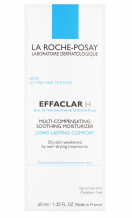
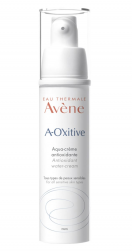
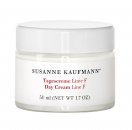
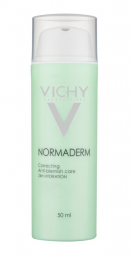
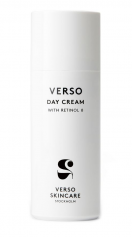
5 Non-Occlusive, Non-Comedogenic Moisturisers
Ready to make the switch to see if it helps your skin? These moisturisers are free from occlusive ingredients.
La Roche-Posay Effaclar H Moisturiser Dry Skin
Susanne Kaufmann Day Cream Line F
Vichy Normaderm Correcting Anti-Blemish Day Care
READ NEXT: Antioxidant Skincare | Retinol Need to Knows
© Wendy Rowe. All Rights Reserved.




